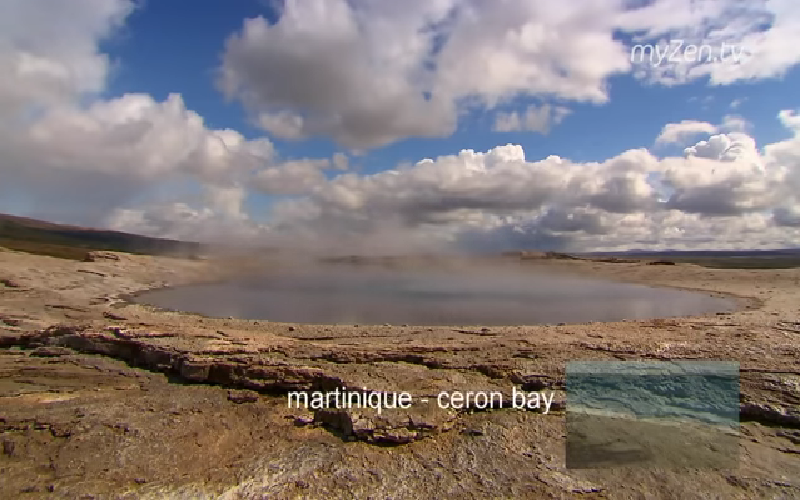
The history of Russia is replete with legends and tales, promising people who find hidden treasures, untold riches.
The ongoing renovation of buildings in the Russian capital is once again attracting the attention of many treasure seekers. For example, 10 silver coins were found in a 16th-century ivory officer’s chess piece. At that time, the owner of these coins could buy a flock of geese with them. Now the coins are probably in one of the historical museums in Moscow.
And although such small and unique finds are quite common, there are much more treasures hidden in some parts of Russia. Obviously they cannot be found so easily. Many treasure hunters tried to find something to get rich. But it was all in vain.
What exactly attracts treasure hunters? We have selected five of the most interesting and expensive treasures in the history of Russia.
Library of Ivan the Terrible
One of the most legendary treasures of the Russian capital is the library of Ivan the Terrible (1548-1574). It was lost and perhaps even hidden by the ruler himself. According to rumors, this collection of manuscripts and books collected by the Byzantine rulers is given as a dowry to the niece of the Byzantine emperor Sophia Palaiologos, who marries Prince Ivan III the Great (1462-1505) in 1472.
It is believed that the collection included most of the library of Constantinople, preserved by the Turks in 1453, and some manuscripts from the ancient library of Alexandria. The library is kept in the dungeons of the Kremlin to protect it from frequent fires.
It is assumed that the library was lost in the 16th century, when Ivan the Terrible moved it to Aleksandrovskaya Sloboda, Vladimir region. Since then, many archaeologists have been looking for the library in Sergiev Posad, Alexandrov, the Vladimir region and other places where Ivan the Terrible could have hidden it.
Treasures of Sigismund III
The Polish troops that invaded Russia in the early 17th century took everything of value they could find. It is alleged that they planned to transfer the stolen treasures to Warsaw to King Sigismund III, but they do not even reach Smolensk – they disappear along the way.
Although there are many indications of where the lost treasures may be located, treasure hunters do not find them because the exact directions remain unknown.
Experts, however, are unanimous that the treasure lies somewhere near Mozhaisk in the Moscow region.
Napoleon’s Gold
In October 1812, when the French emperor decided to flee Russia, his army was not going to leave the booty. They say that in size they were two carloads of valuable items taken out of the looted Kremlin, and a collection of ancient weapons.
When Napoleon’s army began to retreat, threatened by the Russians, he gave up some of the treasures.
Some researchers believe that the jewels are hidden in one of the lakes in the western part of the Smolensk region. In the early 1960s Several attempts have been made to find this treasure. A special search group was sent to the indicated one, but its work ends unsuccessfully. Today, this story continues to be extremely popular among search engines in Russia.
Treasure in the Ussuri Bay
On October 7, 1906, the Varyagin steamer, used to transport people and goods, sinks in the waters of the Ussuri Bay. The tragedy itself would not have attracted so much public attention if the following had not happened.
The ship belonged to the merchant Alexei Varyagin, and after its sinking, he demands compensation from the authorities in the amount of 60,000 rubles (about $ 25,000 in the current exchange rate).
The governor of the region refuses, and in 1913 the former captain of the ship leads an expedition sent to the scene of the tragedy. The group finds a steamer, but due to lack of funds, they were unable to lift the cargo from the ship to the surface. The subsequent storms, the outbreak of the First World War and the revolution of 1917 became an obstacle to a new search for this treasure.
Kolchak’s gold
The White Army proclaimed Admiral Alexander Kolchak the Supreme Ruler of the Russian state from 1918 to 1920. His position was strengthened by the vast size of the gold reserves, estimated at almost 650 million rubles (about 280 million dollars today money).
Kolchak transports them from Kazan to Siberia, but part of the precious cargo is stolen along the way.
In 1921, after Kolchak’s death, it became clear that almost 250 million rubles (about 108 million dollars in today’s money) of Russian gold had disappeared.
And while some think that the treasure may be buried somewhere in Siberia, in Novosibirsk or near the railway, there is also information that it may be hidden somewhere in the Altai.
So, the boundless territories of our state, although marked on the map, are still fraught with many mysteries. Do you believe in these legends?


